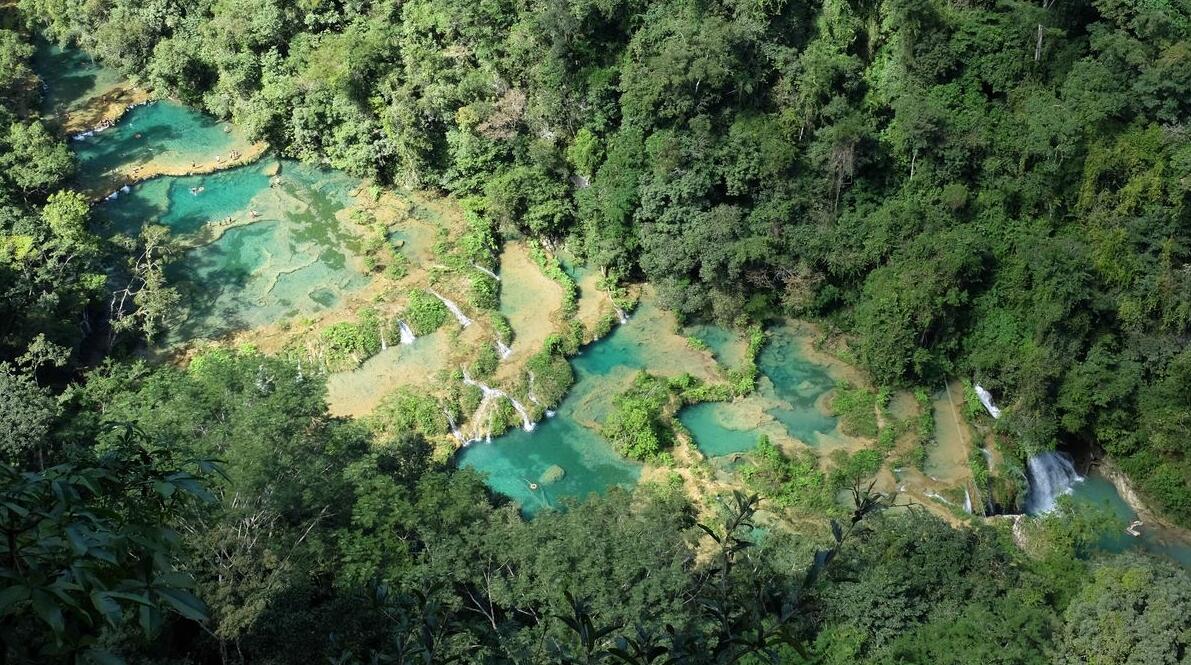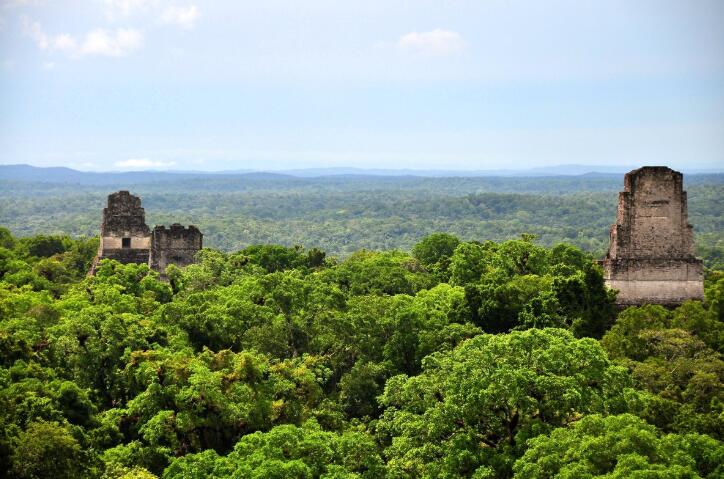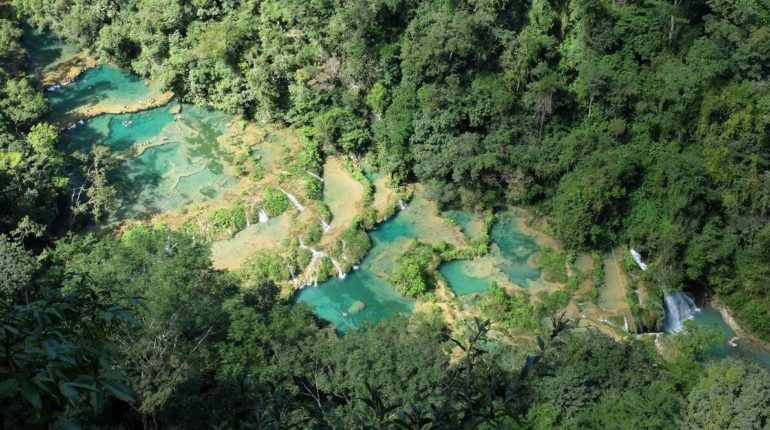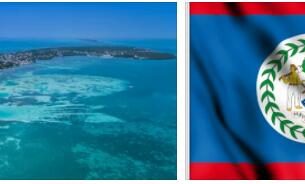Wildlife in Guatemala
Guatemala has a rich mammalian fauna, including possums (opossums), anteaters, armadillos, brølape, peccary, half bears, weasel and small felines. Jaguar, cougar and tapir have become rare.
In rivers and lakes there are American manatee or lamantine (a sea cow), caimans and crocodiles.
More than 700 bird species have been observed in Guatemala. Parrots, trogons, toucans, counter-moths, hummingbirds and tyrants are characteristic. The colorful spotted turkey is found in the Tikal Natural Park and the magnificent quetzal (a trogon) is a national bird and has given its name to Guatemalan currency unit.
To the north of Guatemala lies the large, forested region of Petén, with little infrastructure and scattered settlement. Here are also the ruins of the Mayan city of Tikal, which is a major tourist attraction.
Plant life in Guatemala
The flora belongs to the Neotropical Flora kingdom. The forest covers approx. 40% of the land area. In the lowlands there are tropical rainforests and flat grasslands. The forests are rich in precious woods, rubber trees and palm trees. Here also grows the evergreen sapodilli tree. Along the coast there is some mangrove forest. In upland areas, lowland vegetation is replaced by coniferous forest, savannah, and partly steeped vegetation. In the mountain forests, conifers, cypresses, fir and oak species grow. The forest boundary runs at 3950 meters above sea level. In total, there are over 8,000 species of vascular plants in Guatemala.
Semuc Champey is located in the province of Alta Verapaz in the highlands of the north . Here, the Cahabón river runs under a wide limestone bridge while a number of smaller streams create turquoise ponds on top of the limestone. Due to its natural beauty, the area has become a national park and a popular tourist destination. Cahabón is the river that leads to the underworld of ancient mayatro.





